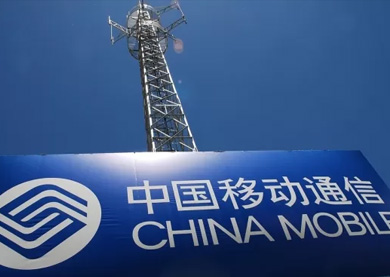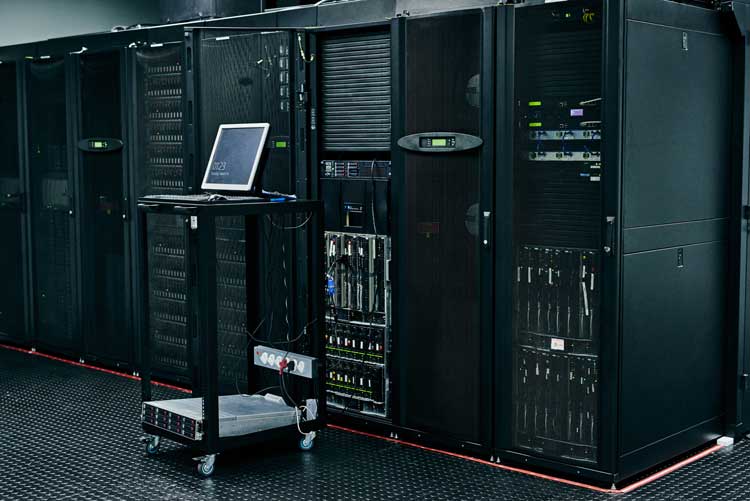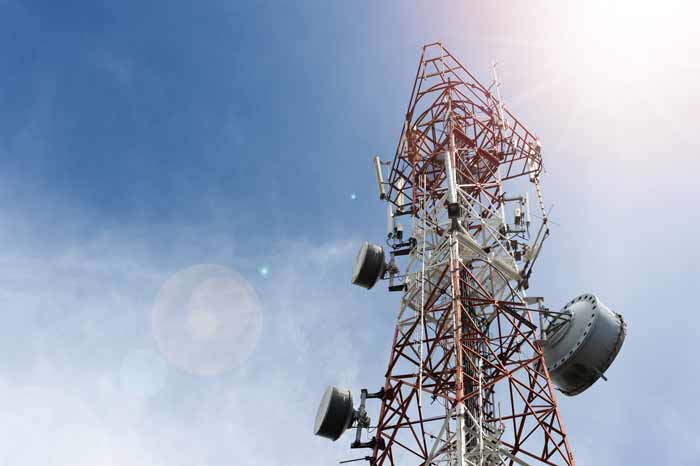Telecom Lithium Battery vs. Lead-Acid Battery
 2025-08-26
2025-08-26Telecom networks rely on reliable backup power to maintain uninterrupted connectivity. Two of the most commonly used battery types for telecommunications are lithium-ion and lead-acid telecom batteries. Both technologies offer distinct advantages and have considerations to keep in mind, making the optimal choice largely dependent on the specific needs of each site. This article will show you practical guidance to help select the most suitable telecom battery solution based on your needs.
Lithium Telecom Batteries
Advantages
1. Long Lifespan
Typically lasts 10–15 years, with 2,000–5,000 charge cycles, reducing replacement frequency.
2. High Energy Efficiency
Round-trip efficiency can reach 95–98%, with faster charging times (1–3 hours) compared to lead-acid.
3. Compact and Lightweight
Higher energy density allows the same capacity in a smaller footprint, making deployment easier in rooftop shelters, poles, and space-limited sites.
4. Low Maintenance
Equipped with Battery Management Systems (BMS) to monitor health and performance, reducing the need for frequent site visits.
5. Temperature Resilience
Performs reliably across a wider temperature range, often –20 °C to +60 °C.
Considerations
1. Initial Investment
While long-term costs are favorable, the upfront purchase may be higher than some alternatives.
2. System Integration
Incorporating electronics for protection and balancing adds an extra layer of system complexity.
3. Recycling Infrastructure
Recycling processes are evolving and may be less widely available than for more established chemistries.
Lead-Acid Telecom Batteries
Advantages
1. Low Initial Cost
Significantly cheaper to purchase, reducing upfront project expenses.
2. Proven Technology
Decades of telecom use make performance and maintenance well understood.
3. Recyclability
Mature recycling processes with near-100% recovery rates.
4. Simple Safety Profile
Lower risk of sudden thermal issues when installed properly with ventilation.
Considerations
1. Service Life
Typically lasts 3–5 years, with fewer cycles compared to lithium, so replacement may be more frequent in high-usage scenarios.
2. Energy Efficiency
Round-trip efficiency is generally lower (70–85%), which can lead to higher energy consumption in some setups.
3. Size and Weight
Larger footprint and heavier weight may require more installation space and structural support.
4. Maintenance Needs
Regular checks, cleaning, or fluid topping (for flooded types) help maintain optimal performance.
5. Temperature Sensitivity
Extreme hot or cold conditions can impact performance more noticeably.
How to Choose
The choice between lithium and lead-acid depends on balancing budget, environment, and operational goals.
1. Budget & Investment Horizon
● If upfront cost is the primary concern, lead-acid remains attractive.
● If long-term total cost of ownership (TCO) matters more, lithium’s longer lifespan and efficiency usually pay off.
2. Deployment Environment
● Remote or hard-to-access sites: Lithium reduces truck rolls and maintenance visits.
● Controlled indoor environments: Lead-acid can still perform reliably at lower cost.
3. Space & Weight Constraints
● Urban rooftops, poles, or small shelters: Lithium’s smaller size and lighter weight make installation easier.
● Ground-based sites with ample room: Lead-acid’s bulk is less of an issue.
4. Sustainability & Recycling Priorities
● If recyclability is critical: Lead-acid has the stronger recycling infrastructure.
● If energy efficiency and reduced lifetime emissions matter: Lithium is more favorable.
Conclusion
Neither lithium nor lead-acid batteries are universally “better”; each has its strengths suited to different scenarios.
● Lithium batteries stand out for efficiency, compactness, low maintenance, and long-term cost-effectiveness. They are often preferred for modern telecom networks, including 5G deployments and sites with limited access.
● Lead-acid batteries continue to be a practical choice when upfront investment is a key consideration, or in settings where space, weight, and replacement frequency are less critical factors.
Ultimately, selecting the right battery depends on the project’s financial, operational, and sustainability requirements. A careful site assessment and cost–benefit evaluation will help ensure the chosen solution meets both immediate needs and long-term objectives.
Discover how our Telecom Battery Solutions and full range of products can support reliable, efficient, and tailored backup power for your network.































 Name
Name Tel
Tel Email
Email Country
Country Company
Company Information
Information